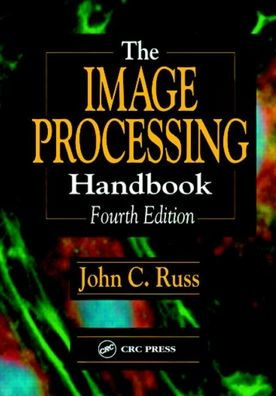Hazardous Waste Tracking and Cost Accounting Practice
Environmental challenges have never been greater than today. There is the need for the utmost accuracy in the efforts to track the use, manufacture, processing, treatment, and disposal of toxic and hazardous materials. Legislation passed over the last twenty years has not only resulted in improved environmental quality, but has also created new levels of accountability for today's environmental professional.
This book helps companies meet the ever-growing number of recordkeeping, reporting, and information-management demands. It assists the practicing professional who must keep facility records relating to the generation and managemnet of solid and hazardous waste. Specific guidance is given on the principles of waste material tracking by point of generation and fully loaded waste management cost accounting. Some benefits to tracking by point of generation are:
"1001601756"
This book helps companies meet the ever-growing number of recordkeeping, reporting, and information-management demands. It assists the practicing professional who must keep facility records relating to the generation and managemnet of solid and hazardous waste. Specific guidance is given on the principles of waste material tracking by point of generation and fully loaded waste management cost accounting. Some benefits to tracking by point of generation are:
Hazardous Waste Tracking and Cost Accounting Practice
Environmental challenges have never been greater than today. There is the need for the utmost accuracy in the efforts to track the use, manufacture, processing, treatment, and disposal of toxic and hazardous materials. Legislation passed over the last twenty years has not only resulted in improved environmental quality, but has also created new levels of accountability for today's environmental professional.
This book helps companies meet the ever-growing number of recordkeeping, reporting, and information-management demands. It assists the practicing professional who must keep facility records relating to the generation and managemnet of solid and hazardous waste. Specific guidance is given on the principles of waste material tracking by point of generation and fully loaded waste management cost accounting. Some benefits to tracking by point of generation are:
This book helps companies meet the ever-growing number of recordkeeping, reporting, and information-management demands. It assists the practicing professional who must keep facility records relating to the generation and managemnet of solid and hazardous waste. Specific guidance is given on the principles of waste material tracking by point of generation and fully loaded waste management cost accounting. Some benefits to tracking by point of generation are:
150.0
In Stock
5
1

Hazardous Waste Tracking and Cost Accounting Practice
240
Hazardous Waste Tracking and Cost Accounting Practice
240
150.0
In Stock

Product Details
| ISBN-13: | 9781566701426 |
|---|---|
| Publisher: | Taylor & Francis |
| Publication date: | 12/20/1995 |
| Pages: | 240 |
| Product dimensions: | 6.12(w) x 9.19(h) x (d) |
About the Author
From the B&N Reads Blog
